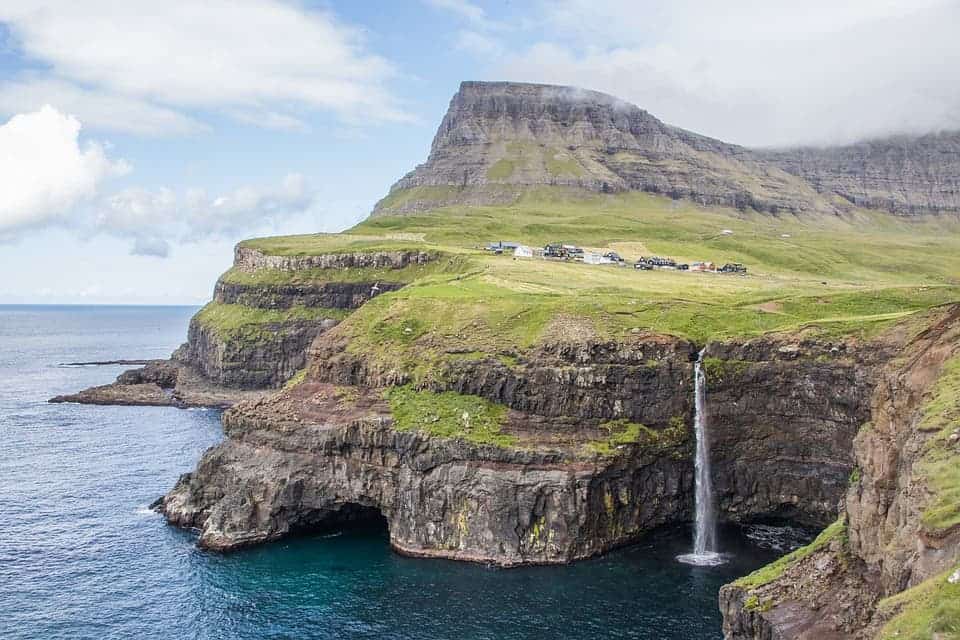The Faroe Islands, halfway between Norway and Island, will be closed to tourists and will only welcome volunteers in April 15-17, 2020, to help out on different maintenance projects.

The territory, an archipelago controlled by Denmark but not a part of the European Union, has seen a record number of tourists in the last few years. While in 2013 68.000 people visited the islands, last year the number scaled to 110.000, double the population of the islands.
It is composed of 18 islands covering 1399 square km (545.3 sq miles), just 113 km (70 miles) long and 75 km (47 miles) wide. There are people living in 17 islands, leaving just one inhabited. There are a lot of smaller islets around the archipelago as well, making for a rugged, picturesque setting.
Visitors arrive from different corners of the world due to the islands’ rugged beauty, including a blue ocean, vertical sea cliffs, green mountains, and a picturesque valley. There are about 70.00 sheep and two million pairs of seabirds on the island, including the biggest colony of storm petrels in the world.
Such a tourism boom has caused fear among the local authorities, concerned over the effects it could cause on local ecosystems. But they came up with a solution, calling volunteers a few times per year to ask for help on different projects, from road maintenance to erecting signposts.
“For us, tourism is not all about numbers,” Guðrið Højgaard, Director at Visit Faroe Islands, told CNN recently. “We welcome visitors to the islands each year, but we also have a responsibility to our community and to our beautiful environment, and our aim is to preserve and protect the islands, ensuring sustainable and responsible growth.”
Getting ready for 2020
Back on April 26 and 27, the island decided to do a pilot of its volunteer initiative, preparing for the official start in 2020. While the hotels remained open and the flights operated normally, several tourisms attractions closed down. Thousands applied to volunteer but only 100 were accepted.
“Closed for maintenance, open for voluntarism,” read a notice on the Faroe Islands website back then, warning any potential visitors of the planned activities during the April weekend.
Volunteers arrived from Mexico, Israel, Australia, China, and the United States and were assigned in teams to different projects across the islands, each of a different level of difficulty. All involved handling equipment such as shovels, hammers, and screwdrivers.
A group went to the island of Mykines, usually visited by travelers due to the bird colonies. They built a new route as well as a bird-watching site. Another one went to Klakkur, one of the high mountains surrounding Klaksvík, the second largest town. They repaired the path, which was worn and muddy.
“It has been wonderful to see so many faces from around the world come together with local villagers and farmers with one united mission and a ‘roll-up-your-sleeves’ attitude,” says director Guðrið Hojgaard.
Not the first case
Fairly close to the archipelago, Iceland has been dealing with similar issues due to its growing popularity among tourists – with 2.2 million arriving there last year. That’s six times the population of the country, putting pressure on its infrastructure and ecosystems.
Iceland has taken efforts to limit the number of tourists and ensure the sustainability of its tourism industry. It’s not an easy thing to manage, and visitors are also asked to play a role in the process.
“As part of our welcome, we wanted to create a pledge which we’ll encourage all visitors to take, creating an army of people who know how to stay safe and also how to look after our delicate nature, said Icelandic Tourism Minister Þórdís Kolbrún R. Gylfadóttir.


